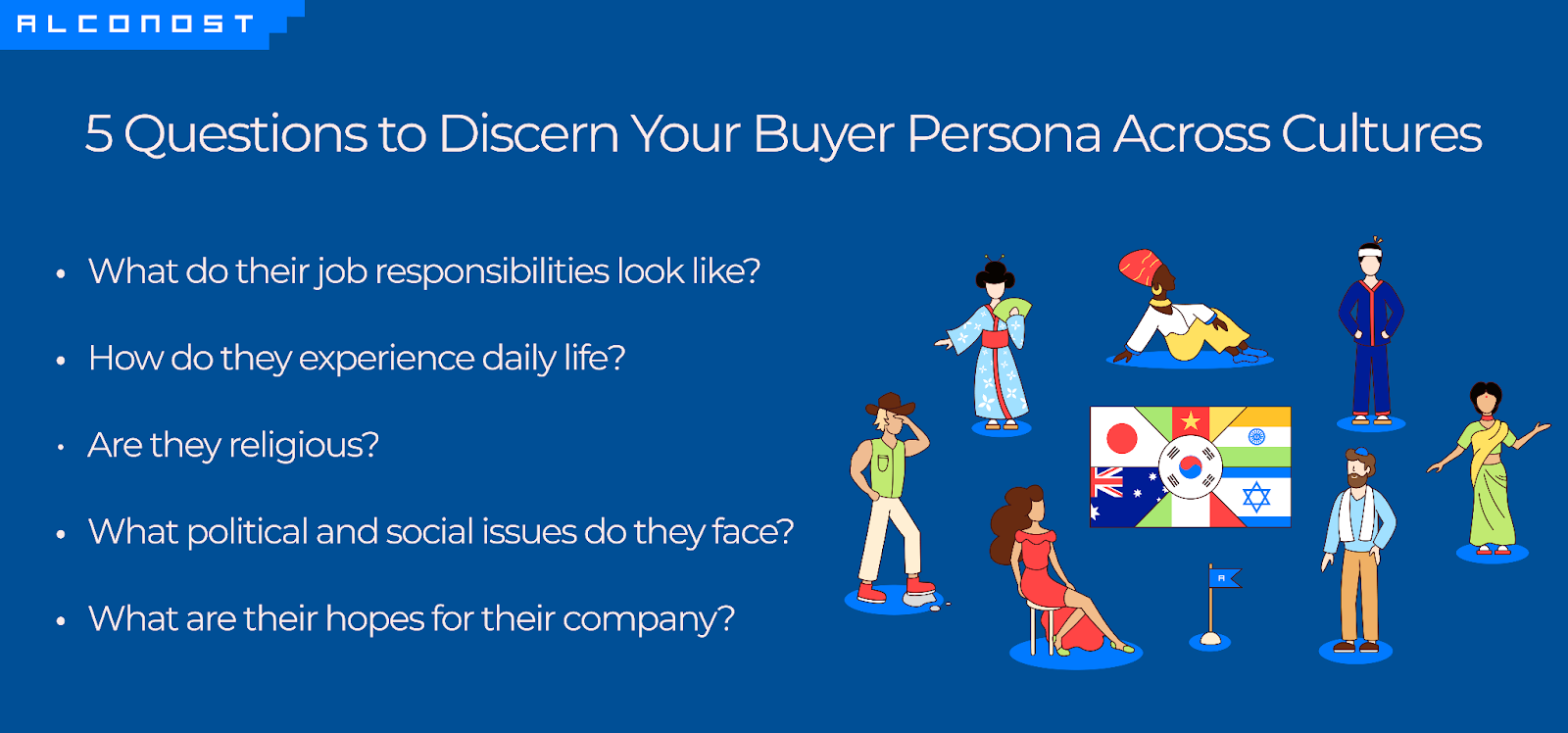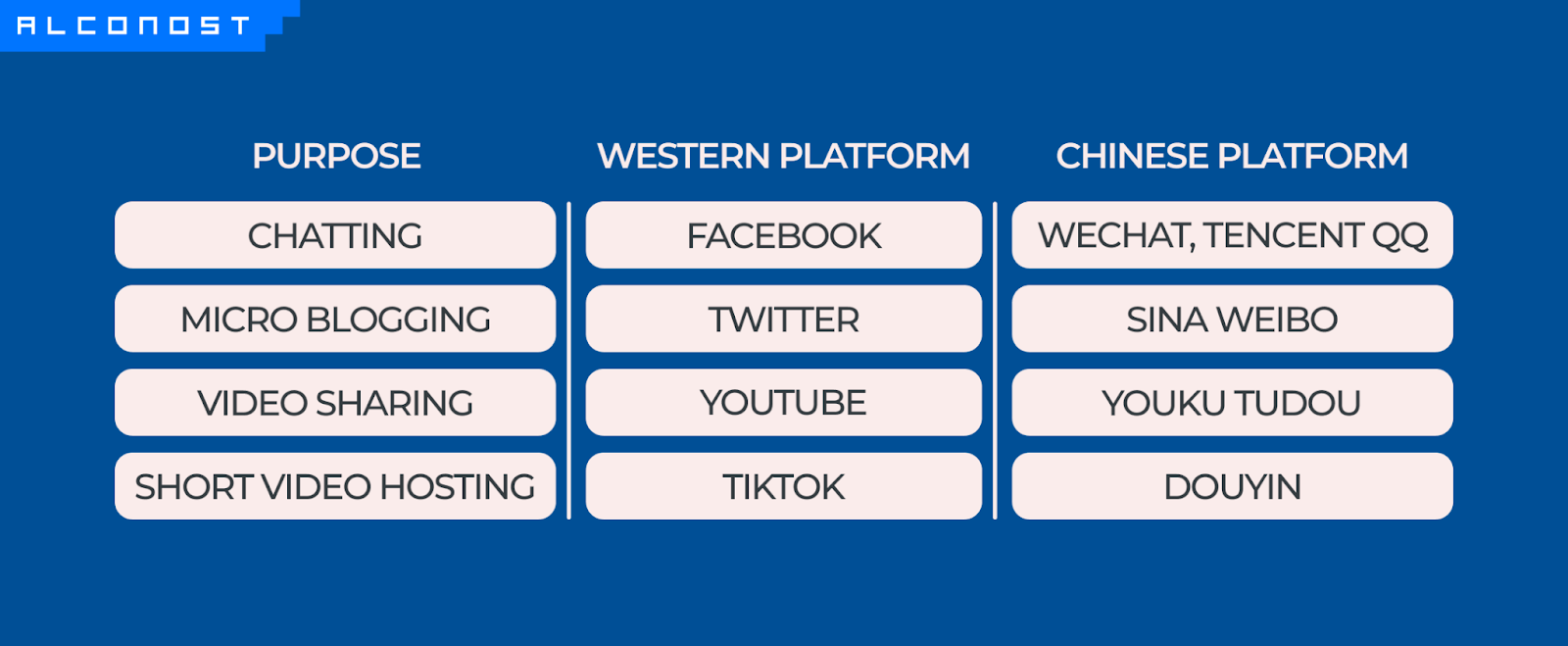A personalized user experience (UX) is essential for the success of apps in today's digital world. Businesses can greatly increase user engagement, enjoyment, and loyalty by customizing interactions and content to each individual's tastes. This leads to long-term growth and a competitive advantage.
When an app isn’t personalized, users frequently feel that apps are not relevant or engaging, which lowers usage and increases churn rates. Generic experiences lead to reduced satisfaction and unfavorable ratings.
Multinational corporations must make sure to adapt their user interfaces and supporting materials to the cultural diversity of their user base when introducing apps, SaaS, or mobile games.
One way to customize is to provide multilingual versions of their solutions. This way, worldwide users, regardless of the language they speak, can fully use and enjoy the experiences offered by the application.
What happens if you're just starting out in your efforts to grow, yet there are still prospective clients in other countries that could become yours? That's when you get hands-on and help them navigate the marketing funnel so that they can approach the product with the same ease and familiarity as your home-market customers would.
Understanding how potential buyers can differ from the buyer persona you've perfected for your local market is the first step in effective foreign marketing.
1. Craft Buyer Personas to Guide Localization

Local buyer-personas are large-scale market segmentation. You can better match your brand message to the personas of the nations you're hoping to sell into by providing answers to these questions:
- How is success measured?
- What are your decision criteria?
- Where do you get information about goods/services to purchase?
- When addressing a business-to-business (B2B) audience, what particular job titles do they usually have within their companies, and what are the main duties involved in these positions?
There may be regional variations in titles for jobs with comparable responsibilities. For instance, those who work in U.S. corporations and are referred to as software engineers may really be referred to as "coders" or "programmers" in the EMEA region. When referring to individuals who design, write, and develop software applications or programs, these terms are interchangeable.
But it's not all about words. Small variations in roles can result in altered responsibilities and goals. Your foreign clients face new difficulties as a result of these changes, which have an impact on their purchase decisions, behavior, and pain points.
2. Localize Your Messaging Based on Culture
How buyers perceive and react to your messaging is influenced by cultural differences. Let's look at a couple of cases where this is especially important.
Addressing diversity in marketing communications may be met with skepticism in traditional or conservative nations or, in extreme situations, may even result in legal action. On the other hand, societies that uphold more progressive ideals demand that local companies publicly demonstrate their adherence to the SDGs (Sustainable Development Goals) and DEI (Diversity, Equity, and Inclusion) principles by using gender-neutral language, photos of diverse customers or employees, and/or representations of people from different religions or cultures.
For instance, Italian food advertising frequently highlights the value of family, tradition, and using premium, locally sourced products; this reflects the importance that Italian culture places on food and shared meals. On the other hand, food marketing in the US usually emphasizes speed and convenience, mirroring the fast-paced culture.
Another vivid example of cultural differences is the way different nations celebrate holidays. Think about the New Year's festivities. The emphasis on customs like eating soba noodles for longevity and visiting temples over the New Year's holiday is common in Japan, demonstrating the value placed on rituals and family get-togethers. On the other hand, Brazilian New Year's marketing may highlight colorful beach parties, fireworks, and wearing white for good fortune, emphasizing the occasion's joyous, sociable, and joyful elements.

In a further example, certain cultures, like those of China and Japan, are known for their formal business dealings and hierarchical structures. It could be necessary to adjust your brand voice while developing your communication strategy for certain markets. For instance, you should use caution while using first names. Moderate emotional expression and formal styles of address may be preferable.
There are numerous books on culture, each offering unique perspectives and insights. If you are interested in reading about how cultures differ in a business setting, we recommend you read “The Culture Map” by Erin Meyer, which is about understanding and navigating the complexities of cross-cultural communication and management in a globalized world. Additionally, the “Handbook of Culture and Consumer Behavior” by Sharon Ng and Angela Lee explores the complex interplay between cultural influences and consumer behavior, providing insights and research on how cultural factors shape consumption patterns and marketing strategies.
3. Properly Time Your Localization Efforts
Strategic timing can greatly impact the ROI of your marketing localization initiatives.
You should research local seasonal events, festivals, and holidays, and adjust your holiday marketing campaigns accordingly. For instance, consider the Islamic holiday of Ramadan for users in Arab countries, the Lunar New Year for users in most Asian countries, Christmas and Black Friday for users in America and Europe, etc.

You may also want to adjust when you communicate, accounting for time zone variations. In email marketing, this is very crucial. For example, the majority of emails are read within the first hour after being received. An email sent at midday from San Francisco will arrive in Paris at 9 PM local time, which is after the end of the business day. Your French subscribers may get it in the morning, but in the meantime, a ton of other emails will be competing for their attention as they filter through the mountain of emails that have been received during night time.
4. Choose the Right Channels for Your Localization Strategy
Think about the different communication and information channels that your overseas prospects utilize.
For example,
Chinese consumers use Tencent QQ and WeChat as chatting systems. They interact with Sina Weibo, a microblogging platform, and Youku Tudou, a video-sharing platform, instead of Twitter and YouTube. It's interesting to note that TikTok is restricted in China, despite coming from the Chinese business ByteDance. Locals instead use an alternative platform called Douyin for hosting short videos.

It's critical for businesses using messenger marketing to find out which platforms their overseas prospects use for communication.
Even though WhatsApp is acknowledged as the most widely used messaging program globally, it doesn't always hold the top spot in certain areas. It’s not commonly used in the United States unless people are communicating overseas. Users in Taiwan, Thailand, and Japan prefer to message using the LINE app. Kakaotalk is the preferred messaging app in South Korea, while Telegram is the most popular choice in nations like Brazil, Uzbekistan, and Russia.
5. Be Strategic About Localizing for Search (Multilingual SEO)
What phrases and terms will locals use on Google to look up your solution? Which search engine do they use—Google or another one?

When targeting users from other countries, localizing your SEO efforts—including keyword optimization—is essential because it tailors your content to their unique language, culture, and search patterns. Translation alone can be a great mistake. Adapting your SEO for each specific market increases visibility, relevance, and overall online performance.
One widespread fallacy regarding international keyword optimization is that translation of the key terms is enough. Keyword adaptation should start with knowledge of how people search in that market, rather than just the language.
For instance, the term "localization" (localización) in Spanish refers to tracking or geographical localization. Spanish-speaking clients refer to translation project managers, providers, or companies as "gestor de proyectos de traducción" while searching for services on Google for cultural and linguistic adaptation.
When referring to games, the French use the term "localization" and search for "video game localization" (localisation jeux video). But the French meaning for other digital items is "translation" (traduction), such as software that is hosted on-site or in the cloud.

You'll need to modify your keywords based on a thorough analysis of the whole semantic tree of search queries in the new market, in addition to their appropriate translation.
Do you want to enter new markets but don't have a local team? With services like marketing localization, multilingual SEO, PPC management, content promotion, and tech consultancy, Alconost can manage your multilingual marketing endeavors. Get in touch with us to find out how we can support you in boosting conversion rates worldwide.




